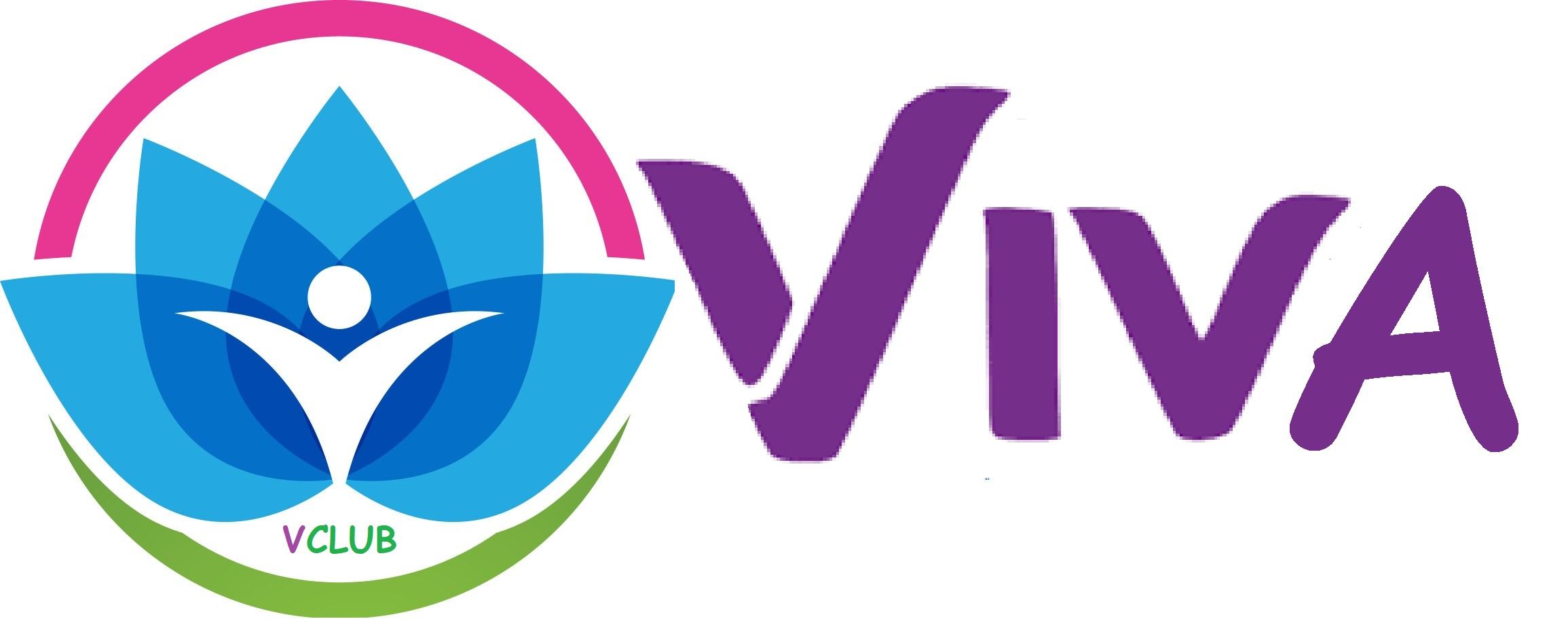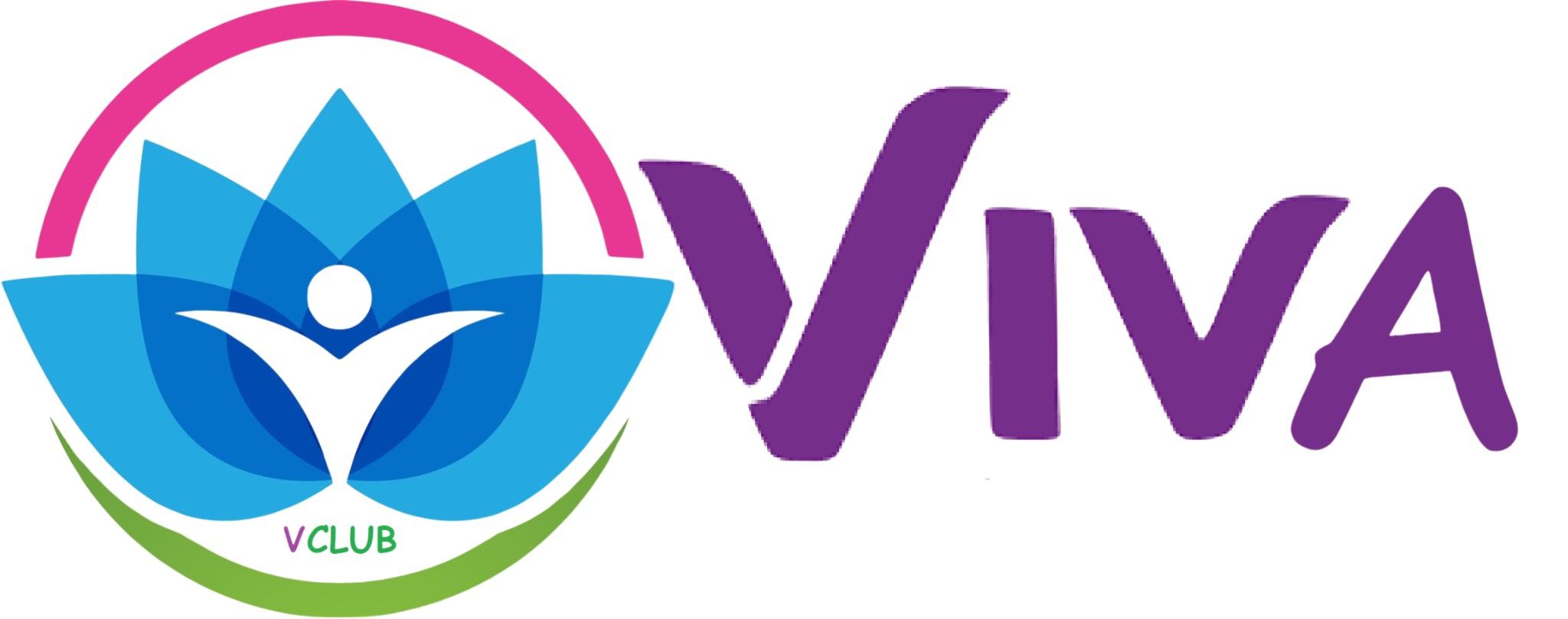Resin replacement Innovations Ensuring Long-Lasting Softener Performance
Resin Replacement involves replacing the ion exchange resin in water softeners, which can become exhausted over time. The demand for resin replacement is growing as homeowners seek to ensure their water softening systems operate at peak performance. Regular replacement of resin is crucial for maintaining the effectiveness of water softeners and prolonging the life of plumbing fixtures.
The Residential Water Softener Consumables Market has seen consistent growth in recent years due to the rising awareness about water quality and household appliance longevity. Water softeners are widely used in residential settings to remove hardness from water, which is primarily caused by calcium and magnesium ions. Softened water not only protects plumbing systems and household appliances from scaling but also enhances the effectiveness of soaps and detergents, leading to cleaner dishes, fabrics, and surfaces. As a result, consumables such as resin beads, regeneration salts, and filter cartridges have gained significant demand.
Market Drivers
The key factors driving the market include increasing consumer awareness of the health and appliance benefits of softened water, growing urbanization, and the rising need to extend the lifespan of household appliances. Hard water can lead to limescale buildup in pipes, washing machines, dishwashers, and water heaters, creating significant maintenance costs. This has prompted households to adopt water softening solutions, which in turn drives demand for consumables. Additionally, environmental concerns regarding water wastage and the use of eco-friendly regenerating salts are influencing market growth positively.
Technological Advancements
Advancements in resin technology have made modern water softeners more efficient, reducing salt usage while improving water softening capacity. Innovative regenerating salts, such as potassium-based salts, are gaining popularity due to their lower environmental impact compared to traditional sodium-based salts. Moreover, smart water softening systems with digital monitoring features are becoming more common, allowing households to track resin life, salt levels, and water consumption, thereby improving the efficiency of consumables usage.
Regional Insights
North America holds a significant share in the residential water softener consumables market due to high awareness and widespread adoption of water softeners. Europe is also witnessing steady growth, driven by strict water quality regulations and environmental concerns. The Asia-Pacific region is emerging as a potential growth hub due to rapid urbanization, increasing disposable incomes, and rising awareness about the benefits of water treatment solutions. Latin America and the Middle East & Africa regions are expected to show gradual growth, supported by expanding urban households and infrastructure developments.
Challenges
Despite the growth, the market faces challenges, including high initial investment costs for advanced water softening systems and the ongoing expense of consumables. Additionally, limited awareness in rural areas can slow market penetration. Some consumers also prefer alternative water purification methods, such as reverse osmosis or ultraviolet treatment, which may reduce dependence on softener consumables.
Future Outlook
The market is expected to witness steady growth in the coming years, driven by ongoing urbanization, digitalization of home appliances, and growing environmental consciousness. Companies focusing on developing eco-friendly, efficient, and longer-lasting consumables are likely to gain a competitive advantage. Subscription-based models for salt and resin supply could also emerge, making it easier for consumers to maintain their water softeners without frequent manual intervention.
FAQs
Q1: What are the main consumables in residential water softeners?
A1: The primary consumables include resin beads, regenerating salts, and filter cartridges, each essential for maintaining the softener’s efficiency.
Q2: How often should water softener consumables be replaced?
A2: Resin beads may last several years, while salts are typically replenished every few weeks or months, depending on water hardness and household usage.
Q3: Are eco-friendly salts effective for water softeners?
A3: Yes, potassium-based and low-sodium salts are effective alternatives that reduce environmental impact while maintaining softening performance.
- Art
- Causes
- Crafts
- Dance
- Drinks
- Film
- Fitness
- Food
- Oyunlar
- Gardening
- Health
- Home
- Literature
- Music
- Networking
- Other
- Party
- Religion
- Shopping
- Sports
- Theater
- Wellness



